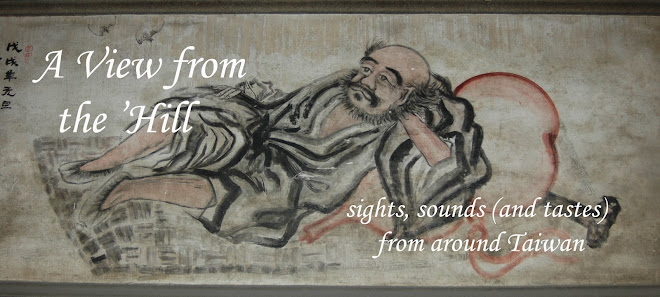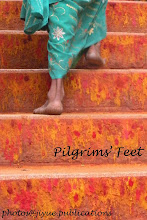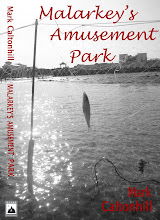China Post editorial:
(the last with a VftH connection for some time)
This Buddhist tradition does animals more harm than good
Earlier this month, some non-indigenous birds were discovered in Miaoli County and, after successful capture, were transferred to a local zoo. By coincidental timing, also this month, the Executive Yuan released for public discussion the pre-draft version of a proposed law covering the release of animals into Taiwan's aquatic environments.
Although this legislation will cover academic researchers and commercial enterprises, its primary target is without a doubt Buddhist practitioners, some of whom practice the “release of living beings.”
This religious activity started in earlier times as a benevolent deed by which devotees went to local markets, bought wild animals, fish and birds that had been caught and were destined for human consumption, and returned them to their forest, river or lake homes.
This is in line with Buddhists' belief that all animals, from the lowest bug to the smartest mammal, are part of the same cycle of endless life-death-rebirth, and therefore are capable of eventual enlightenment. Saving them from the pot was thus considered an act of compassion to another living creature and so, like vegetarianism, was said to earn its practitioner karmic merit.
Unfortunately, somewhere over the intervening centuries, the reason behind this well-intentioned act has become largely forgotten, and today's “release of life” is at best an ossified part of religious ritual. At worst, it is concerned more with seeking personal merit and enhanced karmic standing than with any benefit to the animals involved.
On the contrary, environmentalists and academics argue that such indiscriminate release is detrimental to animals. Many of the species used in such rituals today are captured for release and not for consumption, or are reared specifically for this purpose. Unavoidably, these processes result in the mistreatment and even the unintentional death of many creatures. Moreover, once for-profit commercial interests are involved, animals' living conditions become even less of a priority.
Most worryingly, species have been too-frequently released into alien or inappropriate environments in which they have little or no chance of survival, and even less chance of meeting their own kind for companionship and reproduction. (It should be noted, however, that there is no indication that the above-mentioned birds came to be in Miaoli as the result of Buddhists' actions.)
Such mistreatment of and disregard for the lives of animals are the inevitable results when religious rituals become divorced from the ideas behind them, or are exaggerated following social and economic changes over the centuries.
The proposed legislation will require all individuals and organizations, whether academic, commercial or religious, to apply for permission before releasing animals into the wild. They must state the species to be released, as well as the location and time.
Of course, progressive Buddhist organizations are among those taking a lead in this regard, and others are quick to respond to social and media criticism. Dharma Drum Mountain, whose late founder Master Sheng Yen put environmental protection at the core of his teachings and practice, initially instructed its followers to be careful only to release animals into their natural environments. More recently DDM further advanced its policy to recommend abandoning the practice of “releasing life” altogether.
Not all Buddhist groups are so forward-looking, however, and some go so far as to misrepresent environmentalists — criticisms including other issues such as pollution from burning incense and joss paper or noise pollution from religious parades and festivals at all hours of the day and night — as attacks on their religious traditions.
But this is to divorce religions from the societies that gave birth to and nurture them. Taiwan's religions thrive because they provide for a variety of social needs. Certainly, some of these are related to their rich traditions and claims to continuous transmission through countless generations of sacred teachings and ancient wisdoms.
But in fact, many so-called traditions are not actually very traditional. There is no mention of this current issue of “release of life” in the teachings and life of the historical Sakyamuni Buddha around 500 B.C., for example. In fact, the practice is an interpretation “in the spirit of the Buddha” which seems to have really taken off only in the Ming dynasty around two millennia later.
Appeals to traditional precedent without any attempt to take on board new knowledge sometimes merely represent a clinging to ignorance and even an attempt to use the name of religion to resist change.
But all Taiwan's main religious organizations have prospered because, in addition to meeting people's needs for tradition and ancient wisdom, they have also developed and adapted as social conditions have changed.
Indeed, like Dharma Drum Mountain, they are often at the forefront of change, and represent the ideal marriage of thousands of years of humankind's learning with the latest discoveries of science and humanitarian philosophy. And when it comes to “release of life,” science and humanitarianism clearly indicate it is now time to act.
Monday, 26 July 2010
Subscribe to:
Post Comments (Atom)




No comments:
Post a Comment